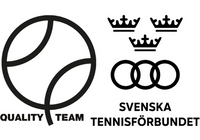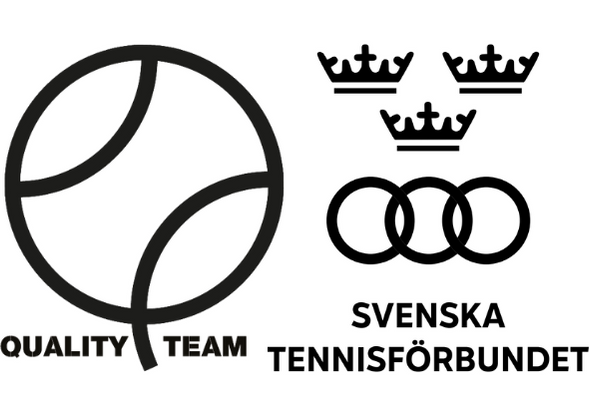No, it's not like that. There's the tennis racket and then there's the tennis racket. The number of brands and models is more than ever out there. Not only that, but in addition to the racket itself, you need to find the right strings and a wrap that you're comfortable with.
How lucky you are to be on our website now! Because we have both tips and advice for you on this.
If we start with the word racket, both SAOL and SO say it should be a racket as well as rackets in plural. But many people don't say racket, they just say rack. They are going to buy a new tennis rack, not a new tennis racket. Rack with the same meaning as racket is listed in SAOL with the notation vard. indicating that it is a colloquial variant of the word.
In summary, it is therefore called a racket or a rack.
Moving on to the tennis racket itself... and it has a long history. From the very beginning, tennis was played without a racket. You played with your hands and sometimes with gloves on. But in today's tennis, players are each equipped with a tennis rack(or racket) when they play.
From 1874 to 1984, most rackets for modern tennis were made of wood. They were made of glued-together wooden slats, often with a mix of different types of wood, and they generally weighed more than today's rackets and had a smaller hitting surface, which meant that balls could not be hit as hard as today's rackets.
During the 1980s, wooden rackets were gradually replaced by other types of racket made of other materials and with a larger hitting surface. The engineer and inventor Howard Head patented a completely new type of racket in 1976, called the Prince Classic, which was made of aluminium and had a much larger head than traditional rackets. He called it oversize and along with midsize it is our standard size today.
Since the mid-1980s, racket frames have been made from various composite materials and blends of thermoset plastics, carbon fibre - also known as graphite - as well as fibreglass, Kevlar, titanium, boron and zirconium. The weight has been reduced to between 250 and 325 grams, which is advantageous especially for recreational players. Since the late 1980s, most tennis rackets have been produced with a wide profile in the frame(widebody), which makes them stiffer than before. This has made today's powerful groundstrokes possible to a large extent.
New racket models are launched every year, which means there are plenty to choose from. Therefore, you need to consider several factors such as grip size, face size, racket length, stiffness, weight and balance, and string pattern and hardness.
Strings were originally made from sheep intestines, a material that was very well suited to the purpose. Today, synthetic strings are the norm and MSV has both poly and nylon strings that consistently score top marks in various tests by string machine manufacturer Stringway.

Toalson's string production is handcrafted in Japan
When choosing a racket, the basic principle is that the grip should feel comfortable and that it is better to choose a racket with too small a grip, as you can always enlarge the grip with a grip wrap. And when it comes to grip wraps, you have both base wraps and top wraps to experiment with. All to find the feel you like best when holding your racket. Or your racket...
Wikipedia, Swedish Tennis Federation, Tennis Stockholm, tennisen.net and all our partners

 Shipping to EU & Norway
Shipping to EU & Norway





















